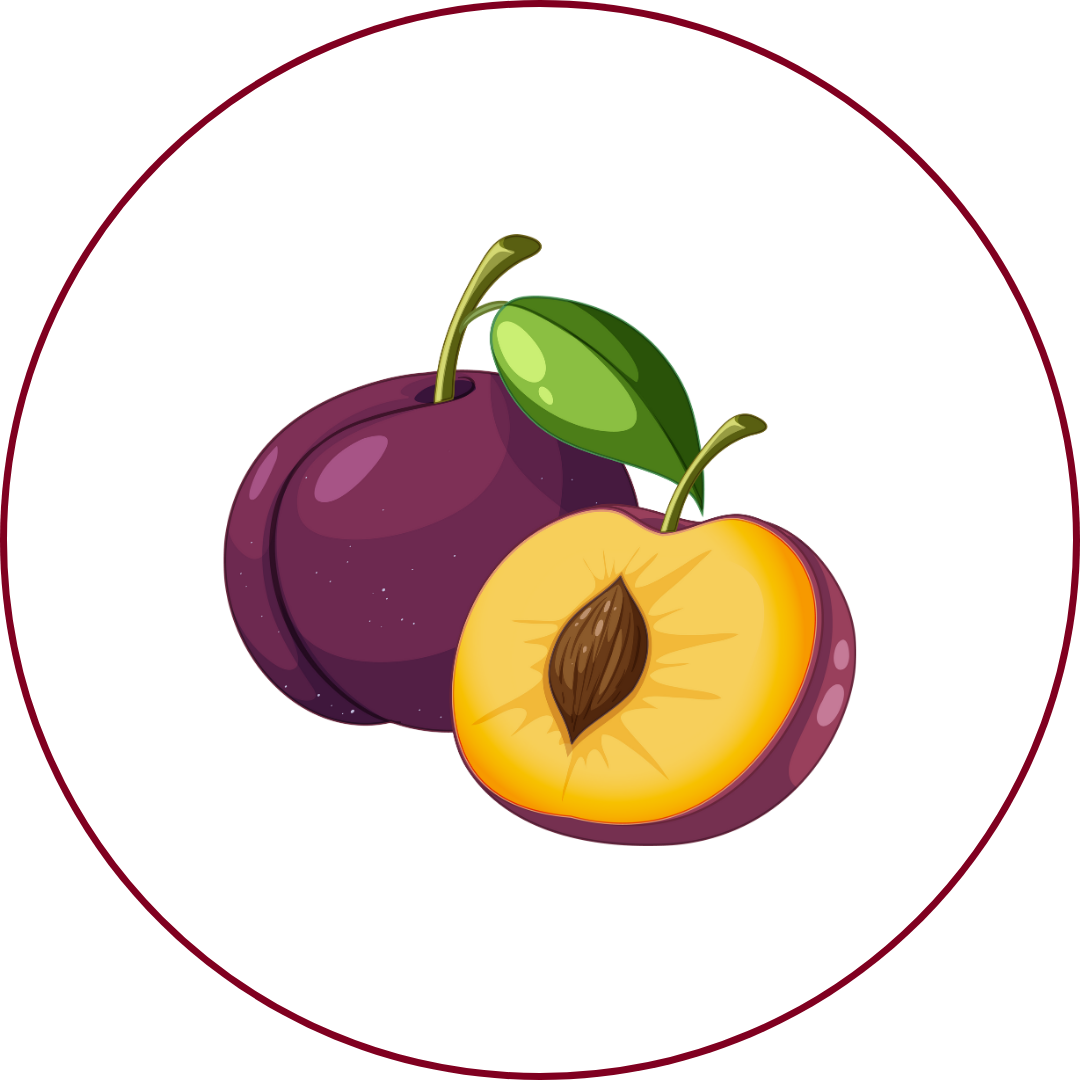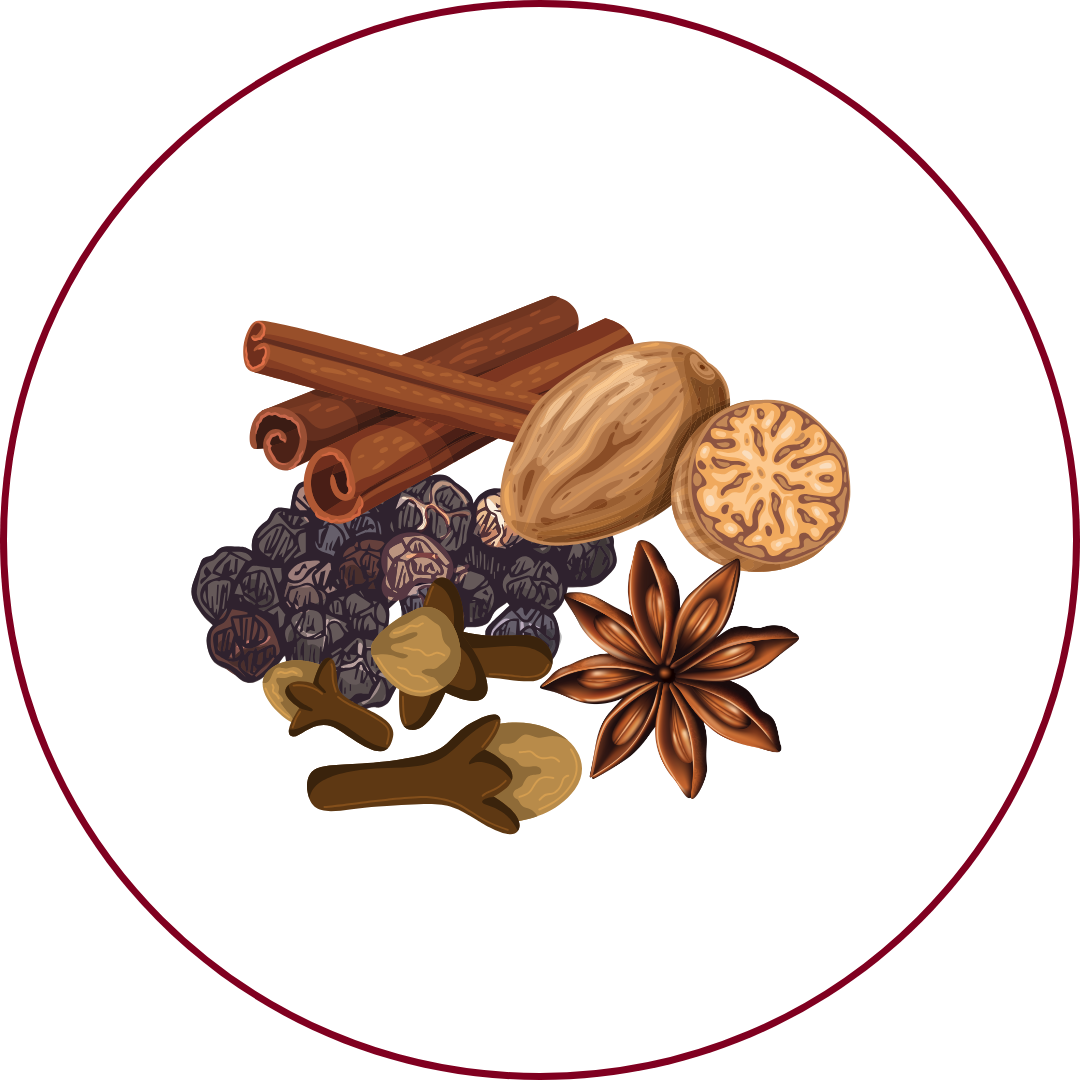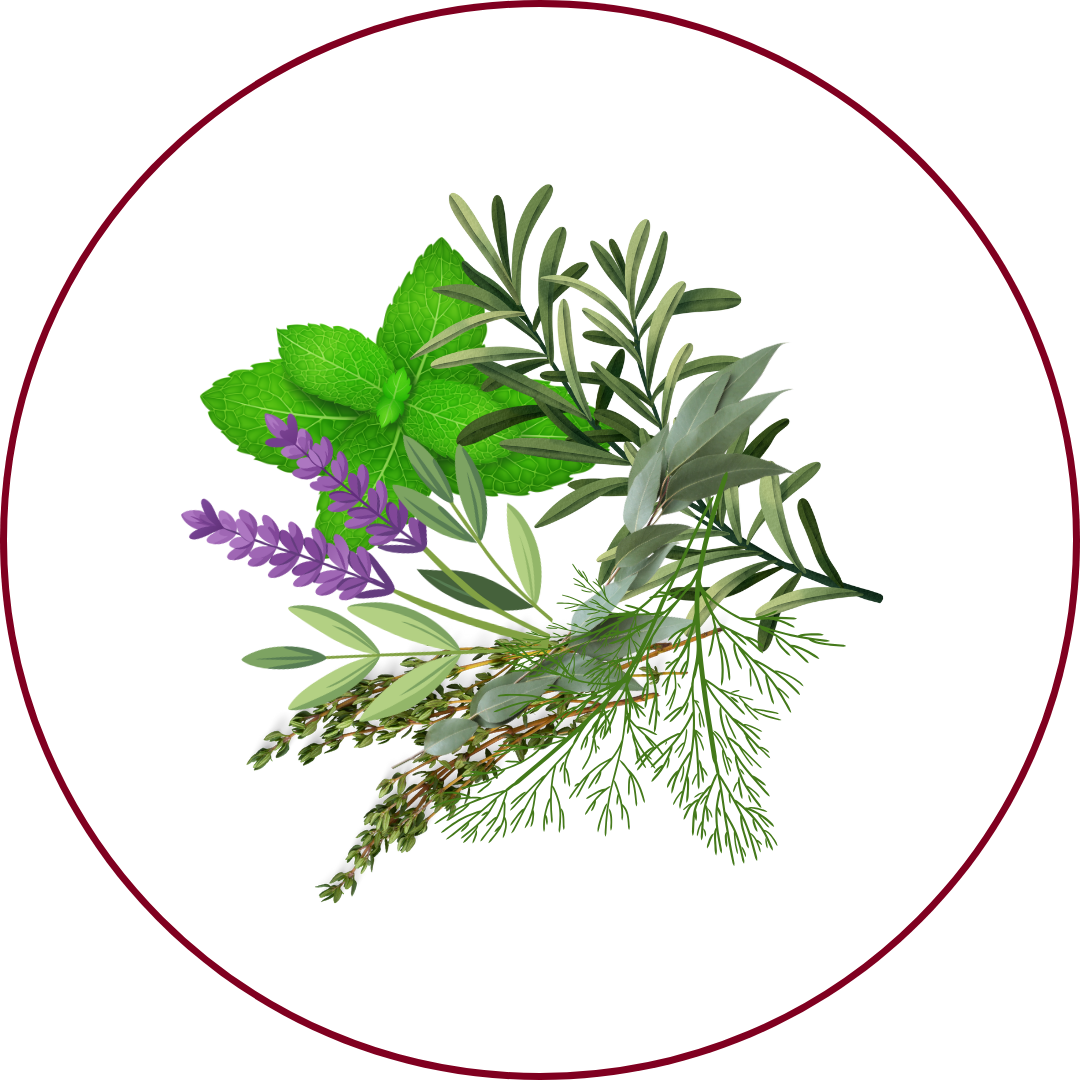Grape Variety
Malvasia-Preta
"mahl-vah-SEE-ah PREH-tah"
Wine Styles
 Sparkling
Sparkling Light White
Light White Full White
Full White Aromatic
Aromatic Rosé
Rosé Light Red
Light Red Medium Red
Medium Red Full Red
Full Red Dessert
DessertAbout Malvasia-Preta
Origin
Portugal
History
Malvasia Preta, meaning 'Black Malvasia' in Portuguese, is a red grape variety indigenous to Portugal. It is one of the many varieties bearing the Malvasia name, though not necessarily genetically related. According to DNA analysis, it is likely a natural cross between Cayetana Blanca and Alfrocheiro. Historically, Malvasia Preta has been cultivated in various Portuguese wine regions, including the Douro Valley, where it is often found in old vineyards and used in blends to produce both table wines and fortified wines like Port.
Appearance
Small to medium-sized, dark-skinned berries with a deep blue-black hue when ripe.
Growing Traits
Malvasia Preta is a vigorous vine with moderate productivity. It is sensitive to fungal diseases, requiring careful vineyard management. The grape thrives in the diverse terroirs of Portugal, particularly in the Douro Valley's schistous soils and the Dão region's granitic soils. It is often blended with other indigenous varieties to enhance the aromatic profile and contribute to the overall balance of the wine.
Wine Characteristics
Body
2/5
Sweetness
1/5
Tannin
3/5
Acidity
3/5
Alcohol
2/5
Light to medium-bodied with a balanced structure, offering subtle complexity. Typically dry, though it is also used in fortified wines like Port. Moderate tannins, contributing to a firm and slightly astringent mouthfeel. Medium acidity, providing balance and freshness to the wine. Moderate alcohol content, generally around 12-13%, ensuring balance and drinkability.
Taste Profile

Red berries

Plum

Spices

Herbal
Malvasia Preta wines are characterized by aromas of red berries and plum, with subtle spicy and herbal notes. On the palate, they are typically dry with moderate tannins and medium acidity, offering a balanced and approachable profile. When used in fortified wines like Port, it contributes to the wine's complexity and depth.
Food Pairing
Malvasia Preta's light to medium body and balanced acidity make it a versatile companion for various dishes. It pairs well with grilled meats, roasted poultry, and medium-aged cheeses. Its subtle fruit flavors and moderate tannins complement a variety of light to medium-intensity dishes.
Growing Regions

Portugal
DouroDãoBeira InteriorPenínsula de Setúbal
Notable Wines & Producers
Douro Red Blends
Real Companhia Velha
Quinta do Crasto
Dão Red Blends
Pedra Cancela
Quinta dos Roques
Malvasia-Preta FAQ
Common questions about this grape variety
What is the origin of Malvasia-Preta?
+
Portugal
Is Malvasia-Preta wine full bodied?
+
Malvasia-Preta has a body level of 2 out of 5. Which means that Malvasia-Preta is Moderate to Light bodied.
Is Malvasia-Preta wine dry or sweet?
+
Malvasia-Preta has a dryness level of 1 out of 5. Which means that Malvasia-Preta is Dry.
Where is Malvasia-Preta wine from?
+
Portugal
Where is Malvasia-Preta grown?
+
Malvasia-Preta is grown in Portugal (Douro, Dão, Beira Interior, Península de Setúbal).
What is Malvasia-Preta like?
+
Malvasia Preta wines are characterized by aromas of red berries and plum, with subtle spicy and herbal notes. On the palate, they are typically dry with moderate tannins and medium acidity, offering a balanced and approachable profile. When used in fortified wines like Port, it contributes to the wine's complexity and depth.
What does Malvasia-Preta pair with?
+
Malvasia Preta's light to medium body and balanced acidity make it a versatile companion for various dishes. It pairs well with grilled meats, roasted poultry, and medium-aged cheeses. Its subtle fruit flavors and moderate tannins complement a variety of light to medium-intensity dishes.
What does Malvasia-Preta taste like?
+
Malvasia Preta wines are characterized by aromas of red berries and plum, with subtle spicy and herbal notes. On the palate, they are typically dry with moderate tannins and medium acidity, offering a balanced and approachable profile. When used in fortified wines like Port, it contributes to the wine's complexity and depth.
Take Malvasia-Preta Knowledge with You
Access detailed grape profiles, tasting notes, and pairing suggestions on your iPhone.
Download on theApp Store